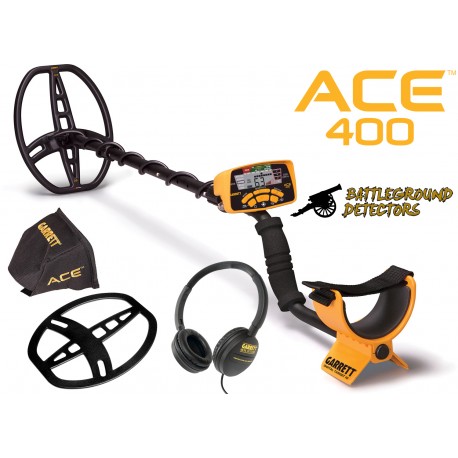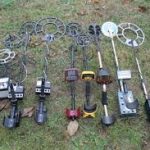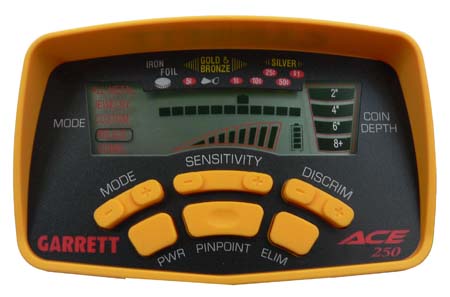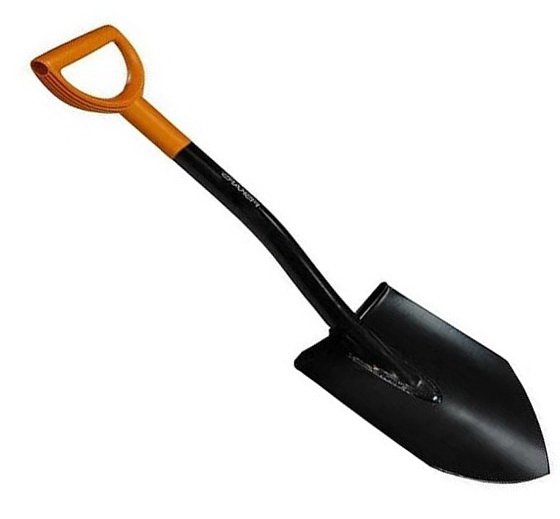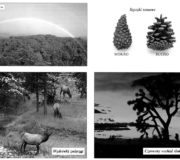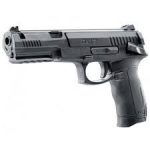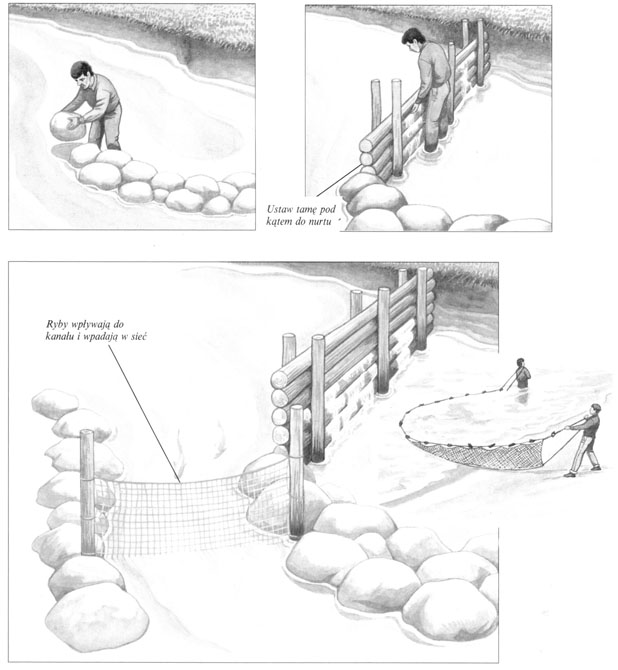Panie, w powietrzu pół metra! – o absurdach testowania zasięgu wykrywaczy w powietrzu
Zgodnie z moim porannym planem dnia, po zaparzeniu herbaty rozpocząłem codzienne wertowanie sieci w poszukiwaniu ciekawych tematów. Żelaznym punktem są fora poszukiwawcze. Wszedłem więc na jedno z nich, a tam, niczym chłopcy z podstawówki przekrzykujący się kto ma ważniejszego tatę, poszukiwacze udowadniają sobie który to wykrywacz jest najlepszy. Wiodącą linią ataku jest zasięg na monety w powietrzu. Absurd?
O samym zasięgu i jego znaczeniu dla poszukiwań pisałem już wcześniej (zapraszam do poczytania). Mając więc na uwadze, że zasięg nie jest ani najważniejszym, ani jedynym czynnikiem wpływającym na wyniki na polu nieodmiennie szokuje mnie, jaką wagę przywiązuje się do suchych testów, a w szczególności do ulubionej konkurencji zwanej „testem w powietrzu”.
Doskonale pamiętam jak pewien czas temu, pisząc test jednego z wykrywaczy w prasie, zostałem mailowo zrugany przez pewnego szacownego jegomościa, że nie zrobiłem testów na różne monety w powietrzu, co zupełnie dyskwalifikowało test i bez tego nie ma sensu w ogóle tematu poruszać. Struchlałem nieco, bo przeraża mnie takie podejście. Dlaczego?
Przede wszystkim spójrzmy na okoliczności takiego testu. Pomijając już nawet wpływ otoczenia na detektor (który w pełnym interferencji pomieszczeniu, a w takich warunkach zazwyczaj się takie testy przeprowadza), razi totalne odrealnienie całej procedury. Przede wszystkim jak porównań i testów na YouTube i forach mamy bez liku, to jak ognia unika się podawania precyzyjnych ustawień wykrywacza wykorzystanych podczas testu. Szczególnie ważne jest to, kiedy testuje się kilka sprzętów w celach porównawczych. Niestety zazwyczaj test ma dowieść za wszelką cenę, że wykrywacz firmy A jest najlepszy i basta, więc wykrywacze firmy B i C są odpowiednio „podcięte” na ustawieniach, aby dostosować test do żądań testującego. Ergo – żaden test bez podania dokładnych ustawień wykrywacza nie ma sensu.
Drugą sprawą, dla mnie najważniejszą, jest sens testowania w powietrzu. Jedyne wykrywacze, które można w taki sposób (choć i tak z trudem) porównać, to ekonomiczne detektory z podstawowymi opcjami i balansem gruntu ustawionym „na sztywno”. No bo jak dostroić zaawansowany wykrywacz do gruntu, jak gruntu brak? Jak to się mieć będzie do wyników testu, skoro do prawidłowej pracy wymagane jest takie dostrojenie? Odpowiedzi nasuwają się same, pole do przekłamań podczas testów tak samo.
Trzecia sprawa, po co w ogóle testować w powietrzu i mącić komukolwiek głowę. Jeżeli ktokolwiek ma zacięcie do stworzenia teoretycznej bazy danych z zasięgami wykrywaczy, to oprócz dostępu do szerokiej ich gamy powinien zaopatrzyć się w kilkanaście obiektów odpowiadających charakterem (wielkość, kształt, metal) do pożądanych znalezisk i stworzyć miarodajne poletko testowe. W Polsce nie ma problemu ze znalezieniem kawałka gruntu, na którym można zakopać przedmioty i je odpowiednio oznaczyć w celach stosowania jako wyznaczniki skuteczności zasięgu wykrywacza. Warto tu wspomnieć, że można sprawdzić, jak sprzęt poradzi sobie z nietypowo ułożonym obiektem.
Praktycznie wszystkie testy w powietrzu, jakie zdarzyło mi się obejrzeć, to testy na monecie ułożonej idealnie płasko względem cewki. Jak zapewne się domyślacie, w praktyce nie jest tak kolorowo, a ułożenie obiektu w glebie ma ogromny wpływ zarówno na zasięg, jak i identyfikację przedmiotu przez detektor. Dlatego ja na swoim poletku testowym oprócz klasycznych dołków głębokościowych umieściłem również kilka dołków z obiektami ułożonymi w sposób niestandardowy, aby mieć pogląd na to, jak zmienia się zasięg i ID w zależności od położenia.
Czy zatem dołki testowe są rozwiązaniem idealnym? Otóż nie. Co prawda można dość dobrze ocenić możliwości wykrywacza i jego sprawność w zakresie precyzji detekcji i identyfikacji, ale z drugiej strony to tylko symulacja warunków podczas poszukiwań, a taki „test gwoździa” na świeżo włożonym gwoździu będzie się różnił znacznie od analogicznej sytuacji z zardzewiałym przedmiotem, który zalegał 100 lat w glebie i stworzył zgoła inne „echo” w glebie.
Innymi słowy, jeżeli chcemy sprawdzać zasięg – to tylko na dołkach testowych i przy podaniu pełnej specyfikacji sprzętu użytego w teście.W każdym innym wypadku testowanie wprowadza tylko i wyłącznie chaos i nie może być traktowane jako miarodajny czynnik oceny wykrywacza. W sieci aż roi się od absurdalnych testów, a chyba nikomu z nas nie jest miło, kiedy jesteśmy oszukiwani w żywe oczy przez fanatycznych wyznawców „jedynej słusznej” w ich mniemaniu marki, prawda?
P.S. Jak tylko aura się znacząco poprawi, na Eksploratorium zaczną się pojawiać testy głębokościowe wykrywaczy na moim poletku testowym. Wideo w jakości HD, z pełnym podaniem ustawień wykrywaczy i wypróbowaniu różnych programów.

